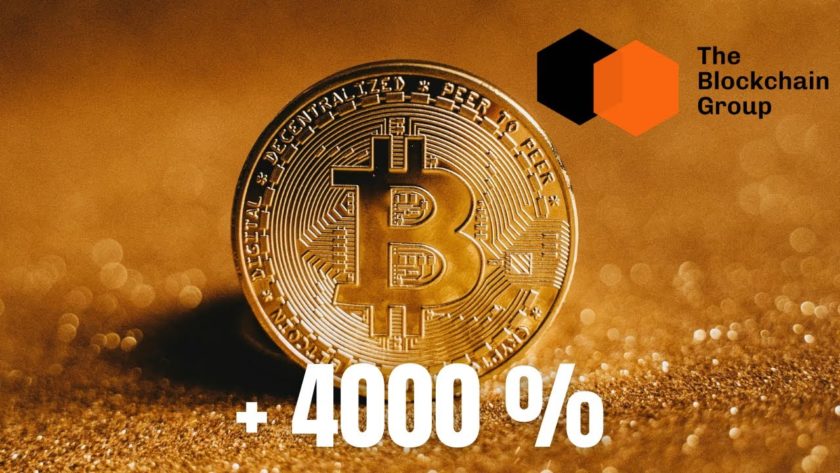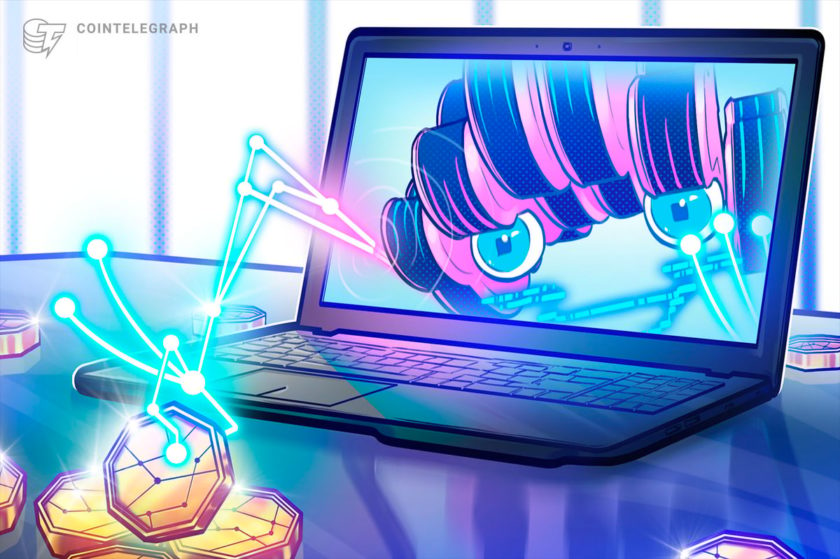The financial technology emerged from the underlying protocol of a crypto could be just the thing internet 3.0 is all about, believes Asiff Hirji.
The president and chief operating officer of one of the largest regulated U.S. crypto exchange Coinbase put crypto technology at the forefront of the next internet revolution.
Speaking at the latest Money2020 conference in the U.S., Hirji said that the next wave of innovation could witness the launch of many amazing companies that would solve two of the most significant problems of the internet today: money and privacy.
“We are on the cusp on internet 3,” he explained. “We went from mainframe computing to distributed computing and created lots of value and amazing companies. Then, we went from distributed computing to cloud mobile – another wave of innovation, another wave of great companies being created. We are now creating a decentralized web.”
Defining a Decentralized Web
The term decentralization describes the state of being distributed while retaining a combined control over the system. It is more like a bottom to top approach, in which a system is governed by a protocol created and enforced by its limited number of actors.
Bitcoin, for instance, became a prime example of a decentralized financial network. It is run by a protocol called blockchain, a chronologically-arranged chain of blocks containing information. In the case of Bitcoin, the info is mostly transactions.
A single authority does not govern blockchain itself. Instead, it is run by a large group of miners that offer their computing power to record transactions on blocks. Therefore, the probability of data tampering becomes close to impossible as each miner keeps an eye on the rest of the miners. In return, miners receive Bitcoin tokens as rewards which, like Gold, can be traded over-the-counter (OTC) or online crypto-exchanges.
Similarly, web decentralization also highlights a vision of a network that is genuinely peer-to-peer like that of Bitcoin. That said, this new internet should not require servers to run. Instead, it would need end-users to lend a part of their computing powers to run the entire network, making web 3.0 more autonomous than its predecessors.
In its current format, the internet has become a highly controlled environment. It is now in the hands of a few players that creates the risks of data tampering and hacking. It also allows governments to misuse their power by putting their citizens under surveillance and impose censorship. Then, there are privacy issues that enable central authorities to steal, as well as sell users’ data to other bodies for monetary benefits.
“We’re on the cusp of internet 3.” Watch @coinbase COO @asiffhirji explain how crypto is enabling the creation of the decentralized web at @money2020. “This will solve the two biggest problems with the internet today.” pic.twitter.com/Ek9hywE0Mk
— Coinbase (@coinbase) November 28, 2018
“Internet 2.o didn’t take privacy seriously enough, which is why you and I and everybody else use these internet services for free,” said Hirji. “They mine all the data from us, and they turn us into products and sell us to advertisers. That’s the internet model of today, and it doesn’t have to be that way.”
Related Reading: Coinbase Launches OTC Platform, Clients Still Bullish On Crypto
Web decentralization is one of the most potential applications of the blockchain protocol. There are already companies in the space that is attempting to build the said solutions. Protocol Labs, for instance, launched Filecoin in August last year after raising $205m for a decentralized storage project.
Nevertheless, the real potential of blockchain remains untapped due to issues related to scalability and interoperability. A centralized system is more likely to process requests and become adoptable than a decentralized one, which is why a separate digital ledger space is working sideways to find solutions for such problems.
Hopefully, there will be.
Featured image from Shutterstock.




